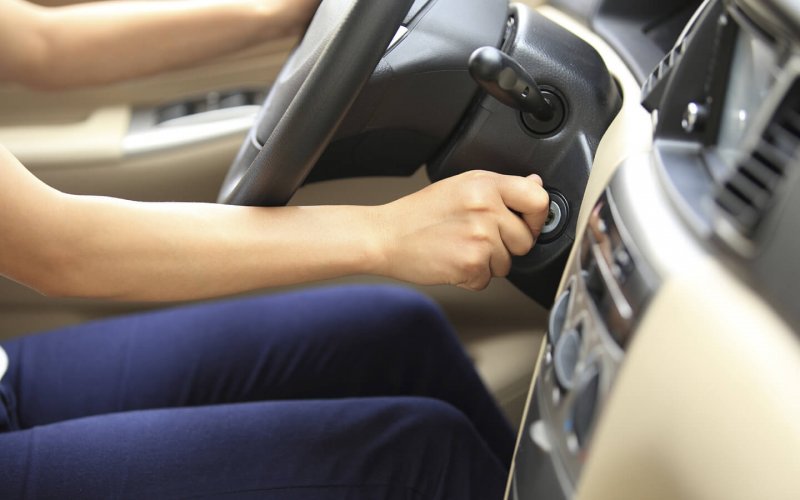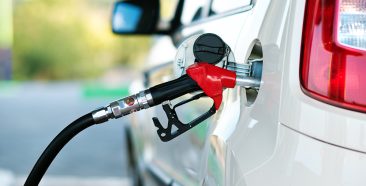
You’ve done your due diligence, researched all the vehicles with Five-Star Safety Ratings, and chosen a Top Safety Pick as your new ride. Good for you. Protecting yourself and your family on the road is wise and commendable.
Better yet, you can’t wait to call up your auto insurance agent and inform him of the wise choice you’ve made so he can gleefully announce the big savings that await you and your new ride. Hopefully, part of your initial research included conferring with your insurer to discuss how much lower your car insurance premiums would be, if you bought a safer car.
This, unfortunately, tends to be a common error made by some new car buyers who wrongly assume that safer vehicles mean big savings on their insurance rates. This isn’t necessarily the case because, all things considered, there are other factors that influence your auto insurance premiums and paying more for a Top Safety Pick doesn’t automatically translate into annual savings on your car insurance.
Factors you may also want to take into account are:
1. Market value of the vehicle
Don’t simply judge the vehicle by its safety rating. Keep in mind, the higher the price tag, the more it will cost you to insure. And, as with all new cars, you’ll be required to carry collision and comprehensive insurance, both of which will raise your premium since your auto insurance company will have to pay out the vehicle’s market value if it’s stolen or you total it.
2. Expense of repairing the vehicle
It goes without saying that new vehicles today have become quite expensive to repair or replace because many of their components are comprised of more costly materials. For that reason, collision and comprehensive, which cover your vehicle for damage sustained in accidents, theft, storms and vandalism can be relatively higher.
3. Overall reputation of the vehicle
The history or reputation of the vehicle with other drivers is an important consideration with auto insurance companies. The type of driver associated with the vehicle you’ve chosen can typically dictate how an insurer will set the premiums – high or low. Mini vans, for example, are mostly driven by parents or soccer moms to transport kids. As a result, they tend to be fairly inexpensive to insure.
The Insurance Institute for Highway Safety (IIHS) puts new cars through tough crash tests to rate them in five different safety categories. To achieve Top Safety Pick status, the vehicle must rate high in four crash tests that evaluate:
- Roof strength
- Performance of head restraints and seats to protect occupants from whiplash
- Protection of occupants when 40% of the front of the car crashes into an object
- Protection when the vehicle is hit from the side
In addition, the vehicles must also perform what is known as the “front small overlap,” a test designed to duplicate the vehicle crashing its front corner into another object and receive a good or acceptable score.
According to a study conducted by NerdWallet, in one case, an IIHS top safety pick came in with insurance rates that were 10.5% lower than a comparable model considered less-safe. But, this could have been due to the fact that the safer car didn’t cost as much to buy as the lesser-safe vehicle.
On the other hand, in two other test cases, insurance for the Institute’s top pick was a bit more expensive than coverage for the lower-rated vehicle by an average of 2%.
The bottom line is, when it comes to getting cheap auto insurance for your new vehicle, don’t rely solely on its safety rating to assume you’ll save money. It’s essential to do some shopping around and compare quotes from different insurance providers to get an idea of what to expect.



